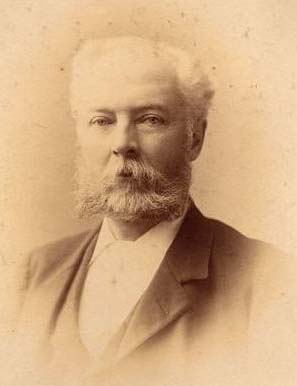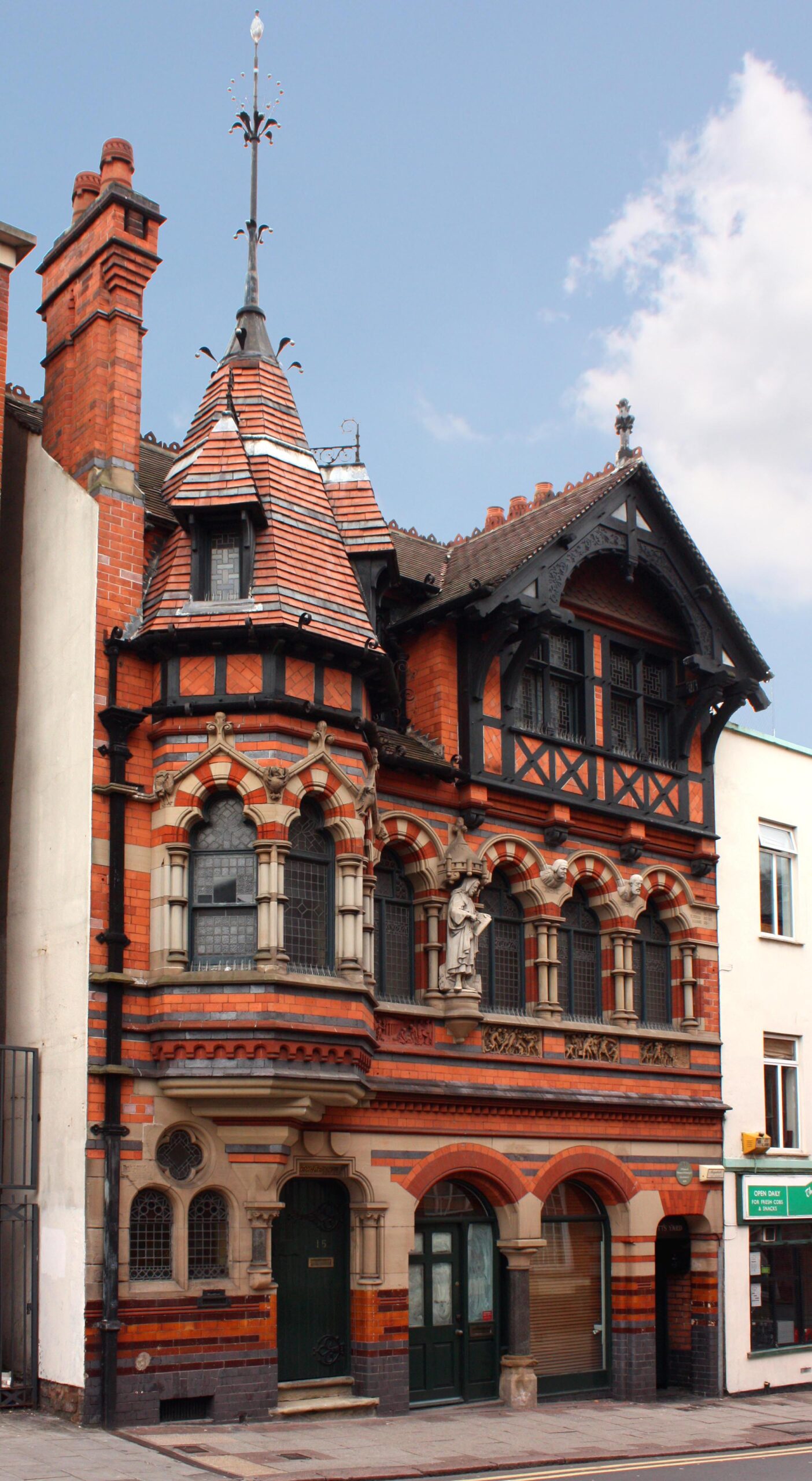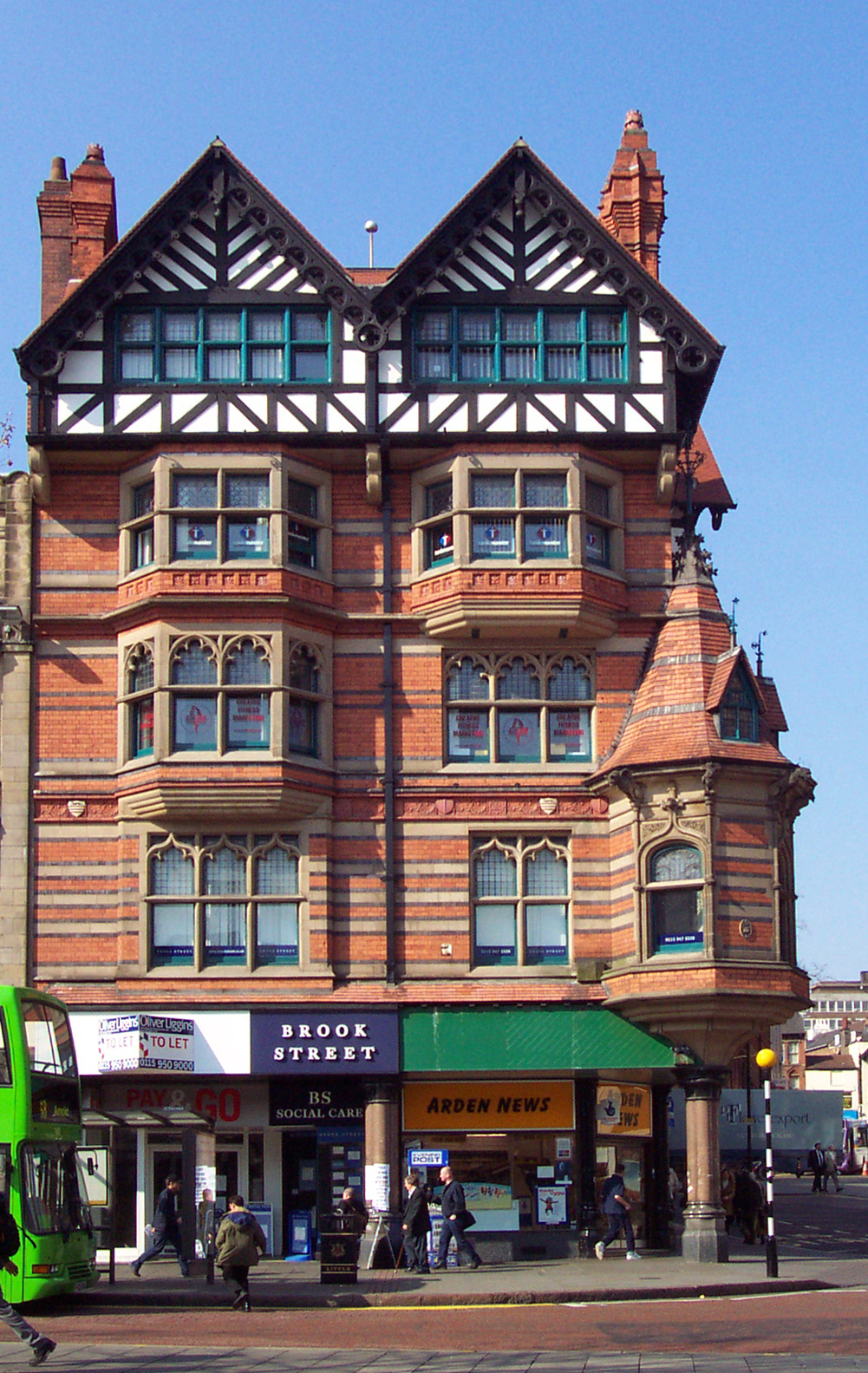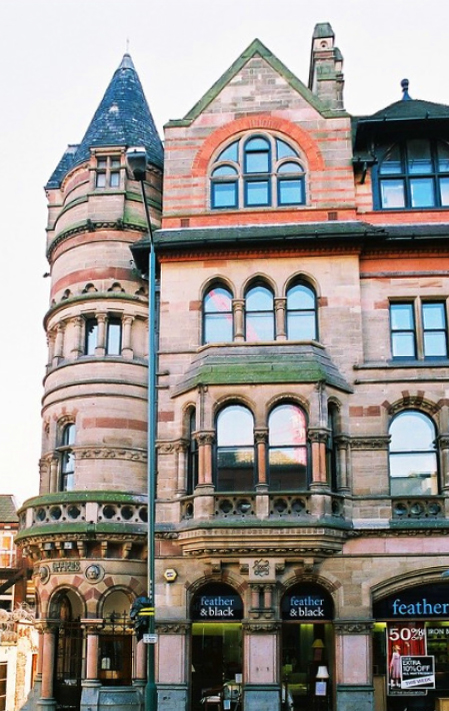
Introduction
The Victorian period was a time of great growth and change for the city of Nottingham. Industry in the city increased creating a great demand for new factories, warehouses and offices, the population also increased dramatically, requiring many new houses. The new railways and expansion of the tram systems caused great areas of re-devolpment. in all, thousands of new buildings including houses, banks, churches, shops and warehouses were being built. Nottingham grew from a large market town to the major city we know today.
Fothergill Watson (he later changed his name to Watson Fothergill) was one of the leading local architects practicing in the Nottingham area from about 1870 to 1906. During these thirty-five or so years he designed over a hundred buildings including houses, banks, churches, shops and warehouses; many of which still survive today. He worked in the Gothic revival and Old English vernacular styles; very popular in the Victorian times. These styles were loosely based on medieval churches and castles, and 16th & 17th century Tudor buildings.



Fothergill’ s buildings were very distinctive often featuring towers and turrets, tall chimneys and walls decorated with horizontal lines of blue-black bricks. His more important buildings were decorated with carvings of animals, plants, beasts and grotesques. He also often used heavy dark wood beams in porches and eaves of his buildings.
We hope you enjoy your visit to this website on the dedicated to Watson Fothergill, his works and life.
This site is currently being revised and improved – please bear with us while this is underway – more information and pictures will be added soon…
Please feel free to contact us to share your experiences of the work of this Victorian genius. We welcome any enquiries about Fothergill and his work!
Email: andrew_paris@yahoo.com